Contributions to Computer Graphics
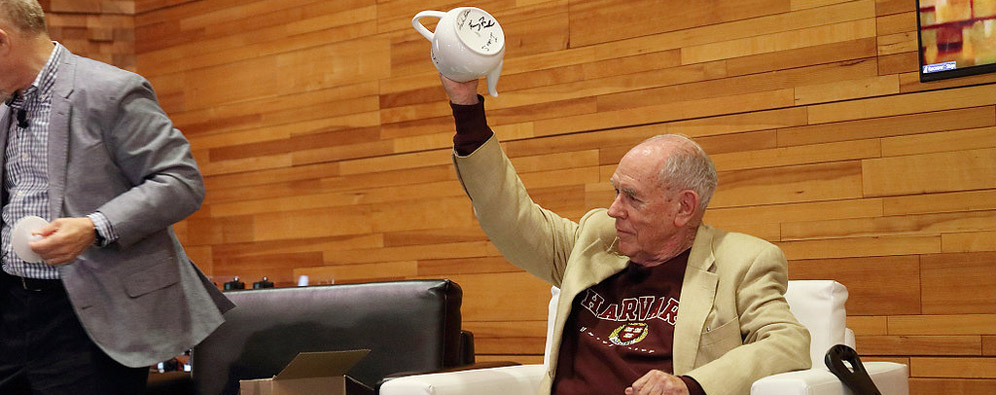
By Paul Gabrielsen, science writer, University of Utah Communications
On Monday, August 13, the computer graphics world honored 52 people as inaugural members of the SIGGRAPH Academy. Each played a role in bringing graphics from their beginnings as arrangements of glowing lines to the immersive 3D worlds that moviemakers, game designers and others build today. Seven of those 52 were alumni of the University of Utah. And one was the "father of computer graphics," former professor Ivan Sutherland.
Interim Director Named for SCI Institute
 The University of Utah has announced that Christopher Johnson, Ph.D., will be stepping down from his role as director of the university's Scientific Computing and Imaging (SCI) Institute. Johnson, a pioneer in the fields of visualization, scientific computing, and image analysis, will remain on the U's faculty as a distinguished professor of computer science and SCI Institute faculty member.
The University of Utah has announced that Christopher Johnson, Ph.D., will be stepping down from his role as director of the university's Scientific Computing and Imaging (SCI) Institute. Johnson, a pioneer in the fields of visualization, scientific computing, and image analysis, will remain on the U's faculty as a distinguished professor of computer science and SCI Institute faculty member.
Wilson Good Wins Best Poster at ISCE
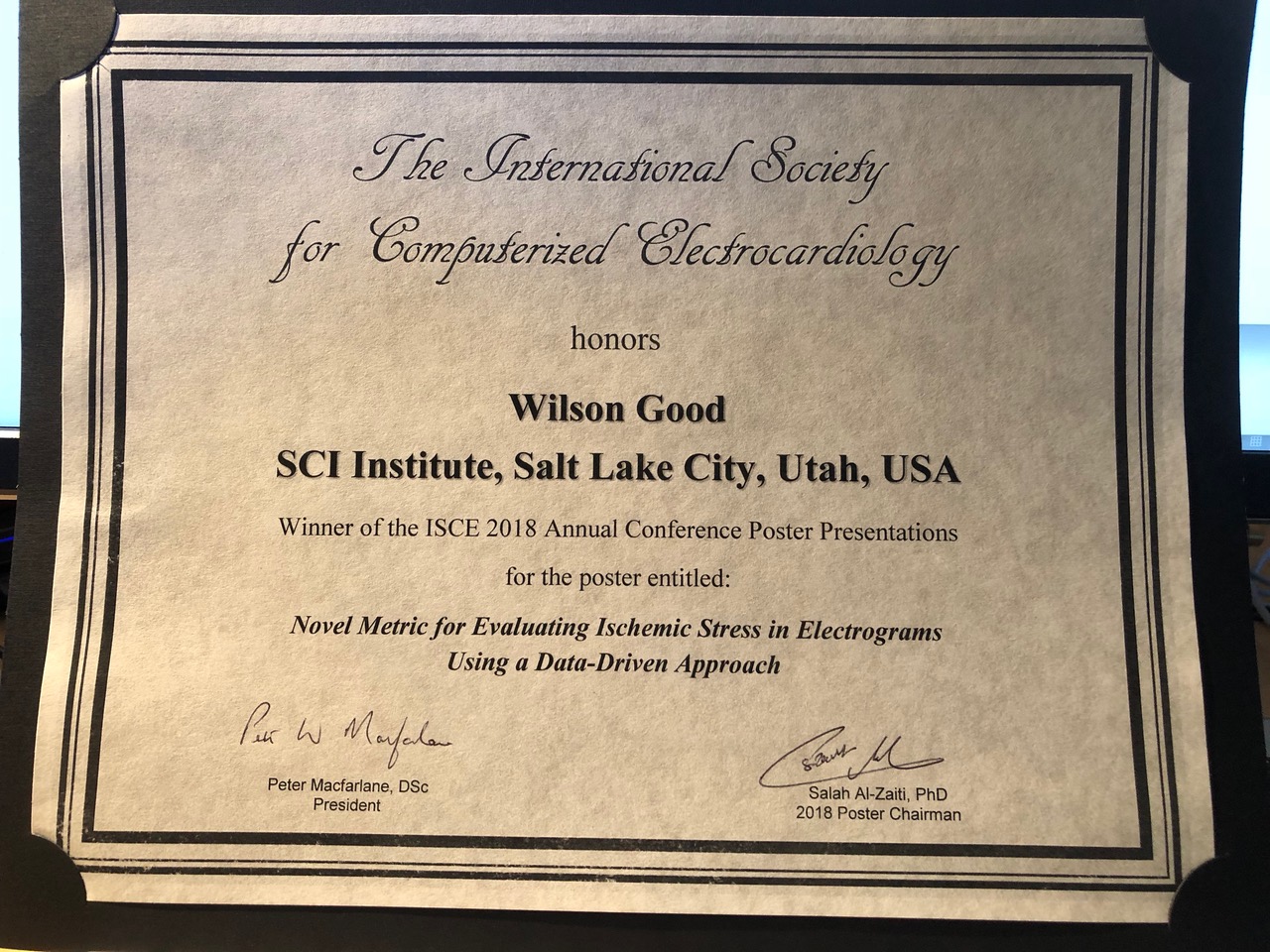 Congratulations to Wilson Good for winning best poster at ISCE 2018 in Park City, Utah.
Congratulations to Wilson Good for winning best poster at ISCE 2018 in Park City, Utah. The International Society for Computerized Electrocardiology was founded in 1984 and is devoted to the advancement of electrocardiology through the application of computer methods. ISCE aims to connect academia, industry, and users through our annual conference and online forums
ISCE is devoted to the advancement of electrocardiology through the application of computer methods. Its Annual Conference, designed in the Gordon format, brings together scientists, clinicians, engineers and policy makers working in the field.
Shana Black and Kara Johnson receive NSF Graduate Research Fellowships
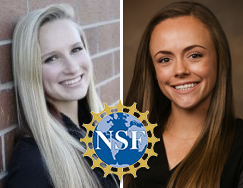 Congratulations to Shana Black and Kara Johnson who both received NSF Graduate Research Fellowships.
Congratulations to Shana Black and Kara Johnson who both received NSF Graduate Research Fellowships.The NSF Graduate Research Fellowship Program (GRFP) helps ensure the vitality of the human resource base of science and engineering in the United States and reinforces its diversity. The program recognizes and supports outstanding graduate students in NSF-supported science, technology, engineering, and mathematics disciplines who are pursuing research-based master's and doctoral degrees at accredited United States institutions.
Jeff Weiss Elected ASME Fellow
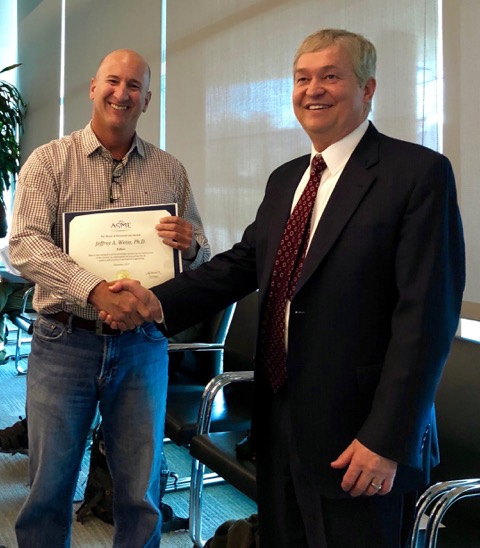 Congratulations to Jeff Weiss who was elected a Fellow of the American Society of Mechanical Engineers.
Congratulations to Jeff Weiss who was elected a Fellow of the American Society of Mechanical Engineers. The ASME Committee of Past Presidents confers the Fellow grade of membership on worthy candidates to recognize their outstanding engineering achievements.
Nominated by ASME Members and Fellows, an ASME Member has to have 10 or more years of active practice and at least 10 years of active corporate membership in ASME.
At the Hayden Planetarium, a Joyride Across the Cosmos
Story appears at the New York Times
 Carter Emmart used to want to go to space. Now he does, all the time — but virtually. And he likes to share.
Carter Emmart used to want to go to space. Now he does, all the time — but virtually. And he likes to share.On a recent afternoon, he took a visitor at the Hayden Planetarium, where he works, on a kind of joyride across the known universe. The lights dim. The inverted bowl of the planetarium’s screen comes to life. But the familiar, insectlike projector that displays the stars and constellations is stowed under the floor. Instead, projectors are reconstructing images onto the half dome from a desktop computer.
So there’s Mars, filling the screen, its reddish desert revealed as a landscape of mountains and valleys that make the Grand Canyon look like a puny arroyo. Flying around, we take in the sights, the surroundings uncannily close and detailed, so that boulders only a few feet across can be discerned.
Ivan Sutherland Honored
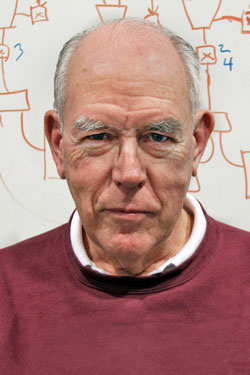 Ivan Sutherland, a University of Utah computer science luminary who taught the likes of Ed Catmull, Alan Kay and was co-founder of the computer graphics firm, Evans & Sutherland, was honored with the Washington Award from the Western Society of Engineers. The award was handed out Feb. 23 during National Engineers Week at the 2018 Chicagoland Engineering Awards Benefit in Rosemont, Ill.
Ivan Sutherland, a University of Utah computer science luminary who taught the likes of Ed Catmull, Alan Kay and was co-founder of the computer graphics firm, Evans & Sutherland, was honored with the Washington Award from the Western Society of Engineers. The award was handed out Feb. 23 during National Engineers Week at the 2018 Chicagoland Engineering Awards Benefit in Rosemont, Ill.The Washington Award is given out annually to a professional engineer whose work has advanced the welfare of society. It was established in 1916.
Widely regarded as "The Father of Computer Graphics," Sutherland is known for his pioneering research in the development of graphics along with colleague David C. Evans, who became the University of Utah's first chair of the computer science department.
Sutherland earned his bachelor's in electrical engineering from then Carnegie Institute of Technology (now Carnegie Mellon University), a master's from the California Institute of Technology and a doctorate from the Massachusetts Institute of Technology. He was a professor of computer science at the U from 1968 to 1974 during the department's historic period in computer science which generated other well-known legends such as John Warnock, Jim Clark, Nolan Bushnell, as well as Catmull and Kay.
Alex Lex Receives NSF Career Award
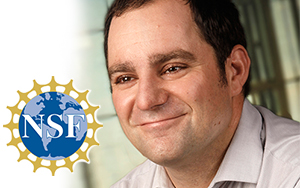 Congratulations to Alex Lex, who has officially received an NSF CAREER Award.
Congratulations to Alex Lex, who has officially received an NSF CAREER Award.Enabling Reproducibility of Interactive Visual Data Analysis
Reproducibility and justifiability are widely recognized as critical aspects of data-driven decision making in fields as varied as scientific research, business, healthcare, or intelligence analysis. This project is concerned with enabling reproducibility and justifiability of decisions in the data analysis process, specifically as it relates to visual data analysis. Visualization is an important tool for discovery, yet decisions made by humans based on visualizations of data are difficult to capture and to justify. This project will develop methods to justify, communicate, and audit decisions made based on visual analysis. This, in turn will lead to better outcomes, achieved with less effort and cost. The increasing use of visual analysis tools for decision making will make data analysis accessible to a broad variety of people, as visual analysis tools are generally easier to use than scripting languages and do not require extensive computational and statistical training. This research and its related activities increase accessibility and enhance the data analysis infrastructure for research and education.Targeting Tumors More Accurately
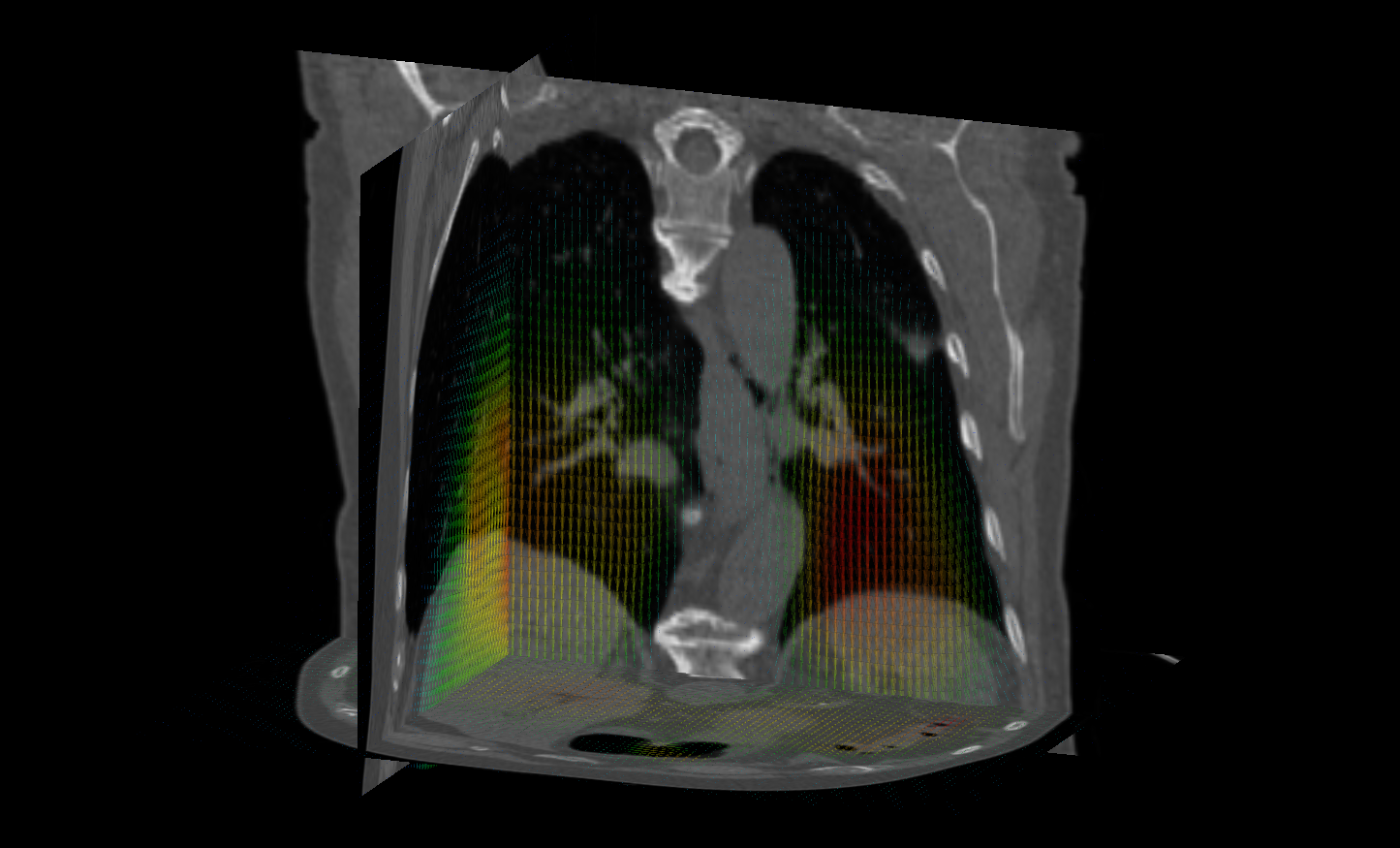 New research being conducted at the Scientific Computing and Imaging Institute holds the potential to increase the accuracy of targeted treatments for tumors in the lungs. Currently, motion caused by the patient's breathing introduces motion artifacts when imaging lung tumors. The inherent breathing motion also limits the precise targeting of radiation therapy for treating lung cancer.
New research being conducted at the Scientific Computing and Imaging Institute holds the potential to increase the accuracy of targeted treatments for tumors in the lungs. Currently, motion caused by the patient's breathing introduces motion artifacts when imaging lung tumors. The inherent breathing motion also limits the precise targeting of radiation therapy for treating lung cancer.
ViSUS LLC invited to CES
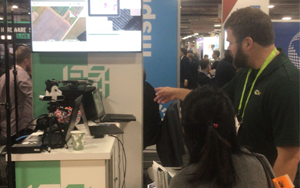 ViSUS LLC is one of 16 start-ups selected to exhibit in the NSF SBIR (“America’s Seed Fund”) pavilion at the 2018 CES Eureka Park.
ViSUS LLC is one of 16 start-ups selected to exhibit in the NSF SBIR (“America’s Seed Fund”) pavilion at the 2018 CES Eureka Park."With access to more than 3,500 financial professionals, 7,000 members of the media, key investors and suppliers, Eureka Park provides startups with a unique opportunity to showcase their ingenuity" [CES].